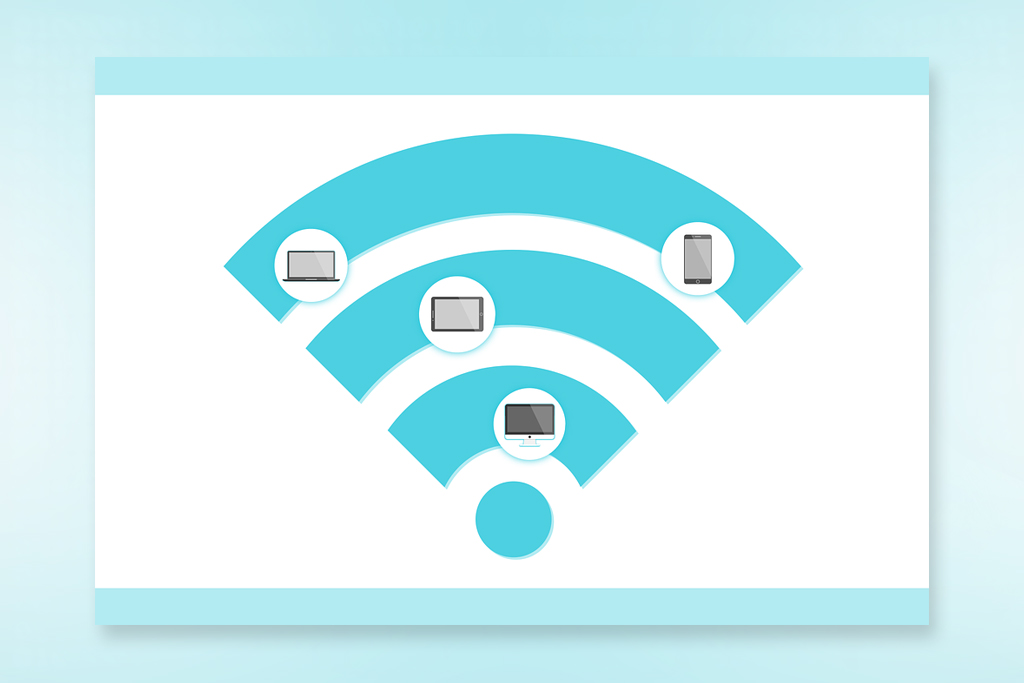
wireless-technology-security
Understanding Wireless Technologies and Security
Posted on June 20, 2017 in IT Security
We live in a practically wireless world today. In fact, there is a very high chance you are reading this article over a wireless connection right now. Our dependency on wireless technology is certain, but how can we enhance the way we access data, secure our connections and ensure that we are getting the best that wireless has to offer?
Wireless Security 101
Most people access data and internet services over wireless connections without really thinking about it. It’s convenient, fast and connects you to all the services you’ve grown to rely on. However, this convenience can cause complacency and that is when you can be at your most vulnerable.
For example, if you are using an open wireless network with no password security you could be leaving your personal data wide open to being intercepted and stolen. That includes your banking details, your email credentials and your social media passwords. In the wrong hands this data could end up costing you dearly. Identity fraud is on the rise and costs U.S. consumers millions of dollars every year.
Today’s wireless networks typically offer 5 major levels of security:
| Type | Security | Length of Password |
|---|---|---|
| Open | None – Never Recommended | N/A |
| WEP | Basic – Not Recommended | 10 to 26 characters |
| WPA | Good – Works well for older devices | 8 to 63 characters |
| WPA2 | Better – High level of security | 8 to 63 characters |
| WPA/WPA2 Mixed-Mode | Dynamic – Only as good as weakest link | 8 to 63 characters |
Steer Clear of Open and WEP
You’ll often find open networks freely available in internet cafes and fast food restaurants. However, because open wireless networks use no password security, it makes sense to avoid these networks at all costs. Exchanging secure or personal data over these networks can result in your passwords being cracked and stolen, and your data compromised. While WEP networks offer very basic security, it only takes hackers mere moments to "guess" your password using password cracking software.
Protect Your Connection With WPA and WPA2
Whether you are setting up a wireless router at work or home, or accessing a network on the move, it is always recommended that you configure or choose a network that is using WPA or WPA2 security. However, while these technologies offer more robust security there are still a couple of vulnerabilities you should be aware of.
Both WPA and WPA2 networks require password authentication before access is granted. However, the security on these networks is only ever as robust as the password used to control entry. While a strong password that contains 20 characters and is made up of letters, numbers and symbols would be practically impossible to crack, it is human nature to choose a password that is easier to remember. Unfortunately, passwords that are easily remembered are also easy to crack, especially if they use words you can find in the dictionary.
How to Further Secure Your Network
There are still a number of ways you can secure your wireless network. A hidden SSID and MAC address filter will mean users must not only know the name of the network they are connecting to, but they must also be accessing the network using a device whose MAC address has been included in the filter. Add to this a robust password and you have a very secure wireless network. You could also create a separate guest network that segregates guest traffic from the rest of the network and any classified or sensitive data that could be vulnerable.










